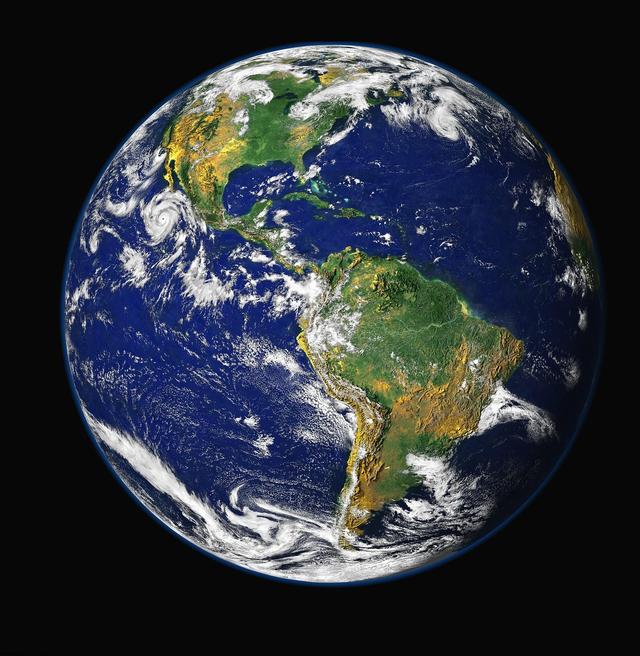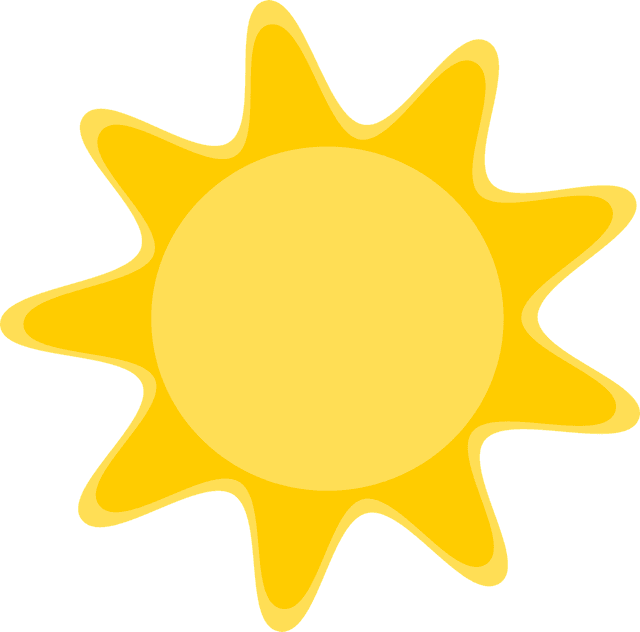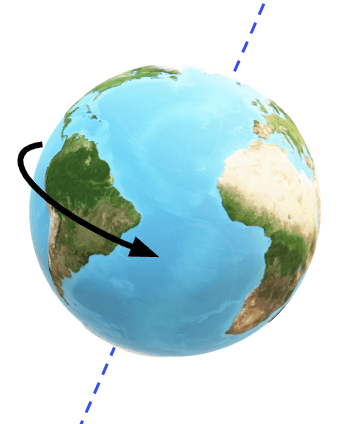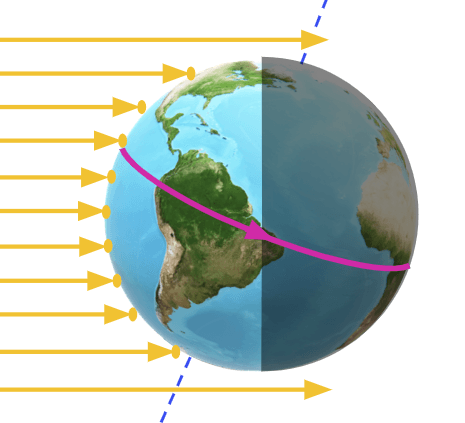Myths about teaching can hold you back
- Year 1
Introducing the seasons
I can explain Earth’s movement and how the Sun gives us night and day and the seasons.
- Year 1
Introducing the seasons
I can explain Earth’s movement and how the Sun gives us night and day and the seasons.
These resources will be removed by end of Summer Term 2025.
Switch to our new teaching resources now - designed by teachers and leading subject experts, and tested in classrooms.
These resources were created for remote use during the pandemic and are not designed for classroom teaching.
Lesson details
Key learning points
- We have seasons because Earth is tilted on its axis as it orbits the Sun each year.
- Each season has its own weather patterns and we can use weather data to talk about this.
- When the North Pole is tilted away from the Sun, UK days have fewer hours of daylight, are colder, and it’s winter.
- When the North Pole is tilted towards the Sun, UK days have more hours of daylight, are warmer, and it’s summer.
Keywords
Axis - An axis is an imaginary straight line through Earth which rotates around it.
Orbit - An orbit is the regular route in space that one object takes around another, for example, the path Earth takes around the Sun.
Cycle - A cycle is something that happens from start to finish, usually before it starts again and repeats.
The Sun - The Sun is a star around which Earth orbits. It is the source of light and heat for our planet.
Common misconception
Earth orbits the Sun and does not rotate on its axis at the same time.
Earth rotates on its axis, one full rotation is 24 hours. While it rotates on its axis it orbits the Sun. This takes 365 1/4 days, or one year.
To help you plan your year 1 geography lesson on: Introducing the seasons, download all teaching resources for free and adapt to suit your pupils' needs...
To help you plan your year 1 geography lesson on: Introducing the seasons, download all teaching resources for free and adapt to suit your pupils' needs.
The starter quiz will activate and check your pupils' prior knowledge, with versions available both with and without answers in PDF format.
We use learning cycles to break down learning into key concepts or ideas linked to the learning outcome. Each learning cycle features explanations with checks for understanding and practice tasks with feedback. All of this is found in our slide decks, ready for you to download and edit. The practice tasks are also available as printable worksheets and some lessons have additional materials with extra material you might need for teaching the lesson.
The assessment exit quiz will test your pupils' understanding of the key learning points.
Our video is a tool for planning, showing how other teachers might teach the lesson, offering helpful tips, modelled explanations and inspiration for your own delivery in the classroom. Plus, you can set it as homework or revision for pupils and keep their learning on track by sharing an online pupil version of this lesson.
Explore more key stage 1 geography lessons from the Seasons: how does the weather change through the year? unit, dive into the full primary geography curriculum, or learn more about lesson planning.

Licence
Prior knowledge starter quiz
6 Questions
Q1.What is Earth shaped like?

Q2.Which star does Earth orbit?

Q3.How many seasons are there in the UK?
Q4.When it is night time in the UK, the Earth is facing ...
Q5.In which season does the UK experience the coldest temperatures?
Q6.The position of the Earth's orbit gives us what?
Assessment exit quiz
6 Questions
Q1.What is Earth tilted on?

Q2.How many hours does the Earth take to complete one rotation of its axis?
Q3.The Earth rotates on its axis. This takes 24 hours. What does this give us?
Q4.How many days does it take the Earth to orbit the Sun?
Q5.The Equator is an imaginary line that runs around the __________ of the Earth?



